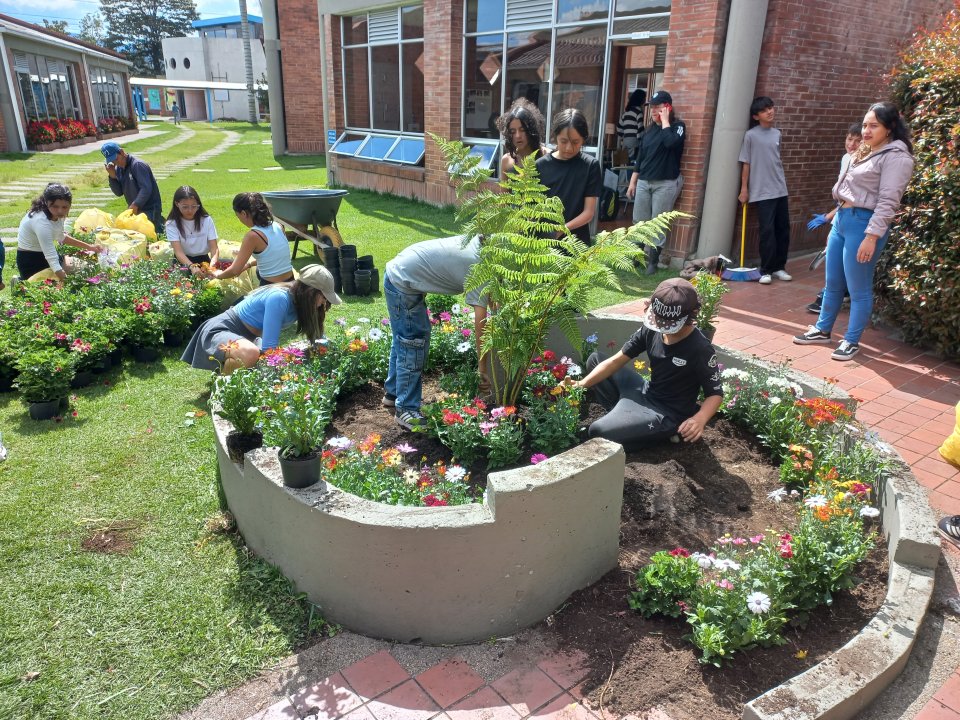
The capital city of Colombia, Bogotá is considered the most developed metropolis of the country. Since the 1970s, its urban growth has been accelerating at a fast pace because of massive rural-to-urban migration and forced displacement. The resulting urban expansion has drastically affected strategic ecosystems, protected areas, and agricultural land on which citizens depend for their livelihood and wellbeing.
Due to Bogotá's geographic configuration, this unplanned growth has primarily affected the southern and northern limits of the city. Both peri-urban borders are marked by two critically important ecosystems which have a strategic function for water regulation: the high Andean Forest and the floodplain wetlands. However, settlement expansion, mining, and pollution of surrounding water bodies have favoured the degradation of these ecosystems and their services.
It is in the Southern and Northern border of the city, each characterised by distinct socio-ecological conditions, that Bogotá Life-Lab unfolds as part of the Horizon 2020 CONEXUS project.
The pilot established in the Southern border is situated in the rural borough of Usme, in the village of La Requilina. This area is served by the Amoladero-Fucha stream, in the middle basin of the Tunjuelo River, where the Aguas Doradas aqueduct provides essential water-related ecosystem services to rural villagers (e.g. drinking water, storage, sanitation, irrigation, etc.).
The pilot in Northern urban-rural border is located in the borough of Suba along La Conejera wetland, served by La Salitrosa stream and part of the middle basin of the Bogotá River. After decades of environmental deterioration, La Conejera wetland was declared a Wetland District Ecological Park (PEDH) in 1994. Today, after undergoing an impressive recovery, it prides a flagship environmental setting and highly biodiverse fauna and flora.
Both pilot interventions involve testing the co-creation of ‘hydro-social structures' in these border areas, characterised by rural and peri-urban settlements (both formal and informal) linked to the urban network, to agriculture activities, and to strategic riparian forest and stream ecosystems.
The Bogotá Life-Lab focuses on the challenges faced by urban-rural transition zones in the Southern and Northern borders of the city, whose settlements and strategic ecosystems have been negatively impacted by urban expansion processes. These territories grapple with an array of challenges related to informality and unplanned urbanisation, including land-use conflicts, socio-environmental risks resulting from local topography (e.g. settlements expanding onto mountainous and river slopes), and environmental degradation. As a result, the wellbeing and livelihood of inhabiting communities is impaired. Limited access to goods and services such as water, food, waste management, public space, transport, and health, along with direct negative impacts of peripheral ecosystems’ damage (e.g. contamination of soil and water streams, loss of agricultural or protected land, etc.) are only some of the problems at stake.
The main objective of the Life-Lab is thus to collaboratively design nature-based solutions (NbS) to restore, rehabilitate and promote the adaptive management of hydro-social systems present in peri-urban territories, and by doing so tackling the consequences of urban sprawling, while increasing ecosystem services provision, resilience to climate change and ensuring a fair and equitable distribution of nature’s benefits.
In fact, the particular socio-environmental configuration of such territories offers momentous opportunities to integrate NbS into more sustainable models of urban development, in line with the city’s priorities and ambitions for the public and nature’s good (e.g. the ‘District Development Plan 2020-2024’ and the ‘Public policy for the management of biodiversity conservation in the capital district 2022-2038’).
Both CONEXUS pilots consist of implementing restoration actions and capacity-building activities to protect the hydrological territory while strengthening the ‘social appropriation’ of NbS by residents directly related to strategic ecosystems: the High Andean Forest in the south, and urban wetlands and the High Andean Forest in the north. Piloted actions have been prioritised and decided with the community.
The Borde Sur (or Southern Border) Pilot supports the rehabilitation and protection of the hydric sources that bring water to the Aguas Doradas aqueduct. Chosen NbS interventions include planting native tree species in a local school and (possibly) rural properties around the area, as well as collaborative processes to co-define methodologies and build capacity through a series of workshops on social and environmental topics of interest for local communities. Through a diverse array of interventions, the Borde Sur Pilot aims to heal the interdependent relationship between hydrological ecosystems and local (urban and rural) communities, consolidating rural areas to prevent urban sprawling.
The Borde Norte (or Nothern Border) Pilot involves the recovery of the physical, ecological, and landscape conditions of the Conejera wetland. Here, Bogotá’s Botanical Garden is leading an Environmental Think Tank to capacitate local communities offering workshops and experimental activities such as competitions between native and invasive species in aiding ecological restoration. An experiment on pollination with native species is also being carried out by students at the local school. A next step might be the co-creation of a space to be managed by the Botanical Garden, dedicated to knowledge-sharing and to observing nature within the wetland. Through these activities, the Borde Norte Pilot supports the protection of local biodiversity (flora and fauna), the enhancement of wetland ecosystem services and its value as a public good and socio-cultural heritage. It also contributes to consolidating the area to prevent further urban expansion.
This work builds on previous projects undertaken by the municipality to promote socio-ecological networks via the implementation of Main Ecological Structures (EEP).
- Restoration, rehabilitation and adaptive management of water-regulating ecosystems and their hydro-social structures;
- Enhanced biodiversity;
- Improved water security of communities (access to enough and quality water);
- Increased availability of public spaces and opportunities for leisure and tourism;
- Valorisation of socio-cultural and natural heritage of border territories.
The two pilots reflect the priorities identified through a collaborative process between local communities, academic institutions, and government bodies, in line with Bogotá’s public policy guidelines, via the ‘Living-Lab’ approach. As co-creative exercises, the pilots can be seen as a testbed for replicating NbS actions at the local, regional, and national level to identify holistic, participatory, and participated solutions to pressing socio-environmental problems affecting the wider capital district and Colombian territory.
- Involving communities in decision-making regarding NbS interventions carried out in their territories demands more time and energy vis-à-vis top-down approaches; nevertheless, it is key to strengthening the sense of community ownership and increasing the likelihood of achieving set objectives.
- NbS can contribute to peri-urban transitions by helping to consolidate the relationship between nature and humans which can prevent harmful urban sprawling, thus leading to more sustainable forms of urbanisation.
- It is important to recognise and integrate processes that are already being led by local communities in the territories of intervention as well as their own narratives regarding NbS.
Horizon 2020 programme
Bogotá Life-Lab:
- Diana Ruiz, Alexander von Humboldt Institute, druiz@humboldt.org.co
- Isabel Melo, Alexander von Humboldt Institute, imelo@humboldt.org.co
- Sandra Caquimbo, Pontificia Universidad Javeriana, scaquimbo@javeriana.edu.co
- Jaime Hernandez, Pontificia Universidad Javeriana, hernandez.j@javeriana.edu.co
SDGs/NUA data:
- Federica Risi, EUKN, federica.risi@eukn.eu
Further information
- Twitter: @ConexusBogota
- Instagram: conexus.bogota
- CONEXUS project website
- CONEXUS at European Commission, CORDIS
References
-
CONEXUS Deliverable 3.1 Report with action plans for each Life-Lab (internal).
- CONEXUS Deliverable 2.2 Seven detailed EU and CELAC cases on NbS challenges and opportunities addressed: ‘Integration of NbS in local governance contexts and urbanisation trajectories in CONEXUS EU and CELAC cities. Evidence from Barcelona, Buenos, Aires, Bogotá, Lisbon, Santiago, São Paulo and Turin.’
- CONEXUS Deliverable 4.1 Assessment framework, indicators and participatory monitoring process.
- CONEXUS Deliverable 6.1 Report. Data on SDG/NUA impacts/potentials linked with investment propositions uploaded to Oppla.
-
van der Jagt, A.P.N., Buijs, A., Dobbs, C., et al. (2023). An action framework for the participatory assessment of nature-based solutions in cities. Ambio 52, 54–67. https://doi.org/10.1007/s13280-022-01772-6.
-
Wild, T., Baptista, M., Wilker, J., et al. (2024). Valuation of urban nature-based solutions in Latin American and European cities. Urban Forestry & Urban Greening, Volume 91, 128162. https://doi.org/10.1016/j.ufug.2023.128162.
Both pilots can contribute to the localisation of several interlinked SDGs related to the restoration of water-related ecosystems (SDG6; 15), the protection of local biodiversity (SDG15) and of both natural and socio-cultural heritage (SDG11), resilience to climate change (SDG11; 13), improved access to water (SDG6), and to safe, inclusive public green (SDG10-11).
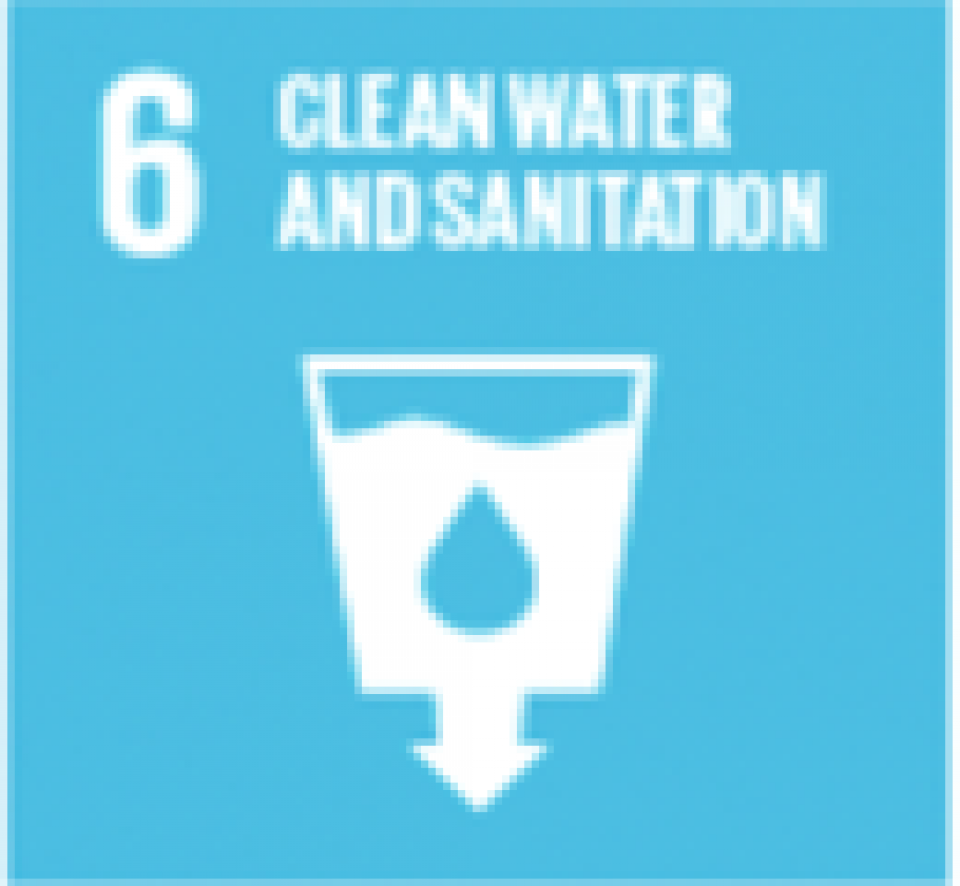
6.3 By 2030, improve water quality by reducing pollution, eliminating dumping and minimizing release of hazardous chemicals and materials, halving the proportion of untreated wastewater and substantially increasing recycling and safe reuse globally;
6.6 By 2020, protect and restore water-related ecosystems, including mountains, forests, wetlands, rivers, aquifers and lakes.
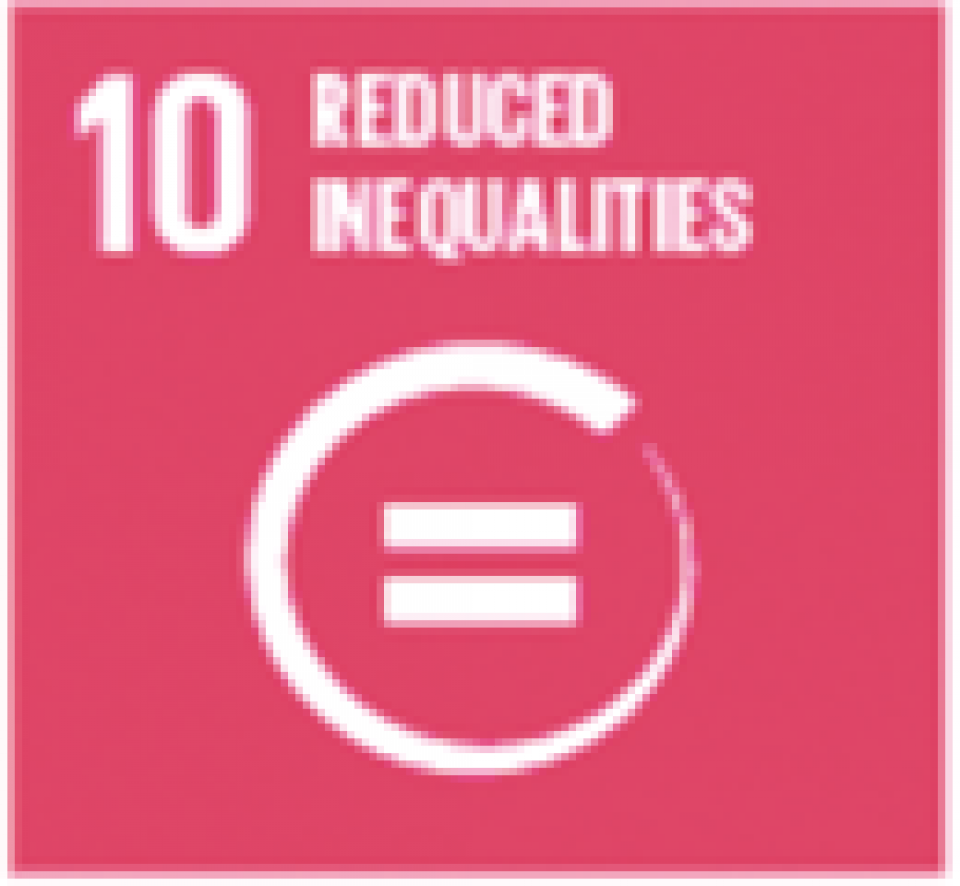
10.2 By 2030, empower and promote the social, economic and political inclusion of all, irrespective of age, sex, disability, race, ethnicity, origin, religion or economic or other status;
10.3 Ensure equal opportunity and reduce inequalities of outcome, including by eliminating discriminatory laws, policies and practices and promoting appropriate legislation, policies and action in this regard.

11.3 By 2030, enhance inclusive and sustainable urbanization and capacity for participatory, integrated and sustainable human settlement planning and management in all countries;
11.4 Strengthen efforts to protect and safeguard the world’s cultural and natural heritage;
11.6 By 2030, reduce the adverse per capita environmental impact of cities, including by paying special attention to air quality and municipal and other waste management;
11.7 By 2030, provide universal access to safe, inclusive and accessible, green and public spaces, in particular for women and children, older persons and persons with disabilities.
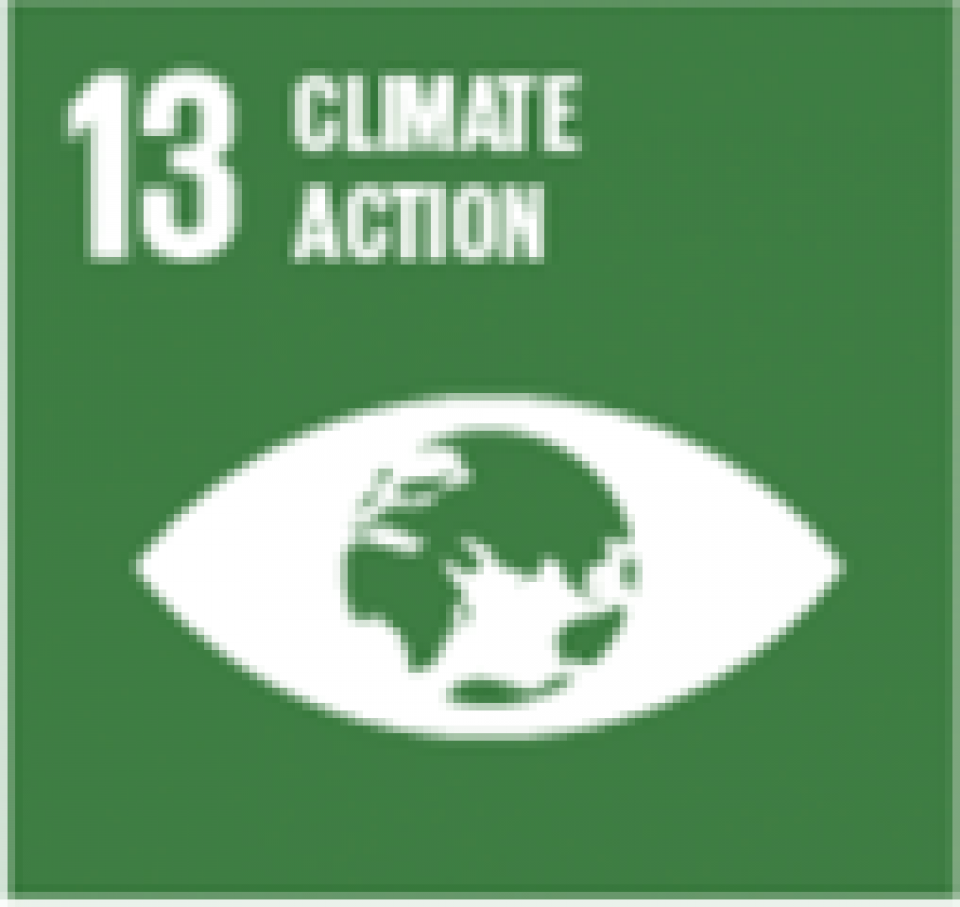
13.1 Strengthen resilience and adaptive capacity to climate-related hazards and natural disasters in all countries;
13.3 Improve education, awareness-raising and human and institutional capacity on climate change mitigation, adaptation, impact reduction and early warning.
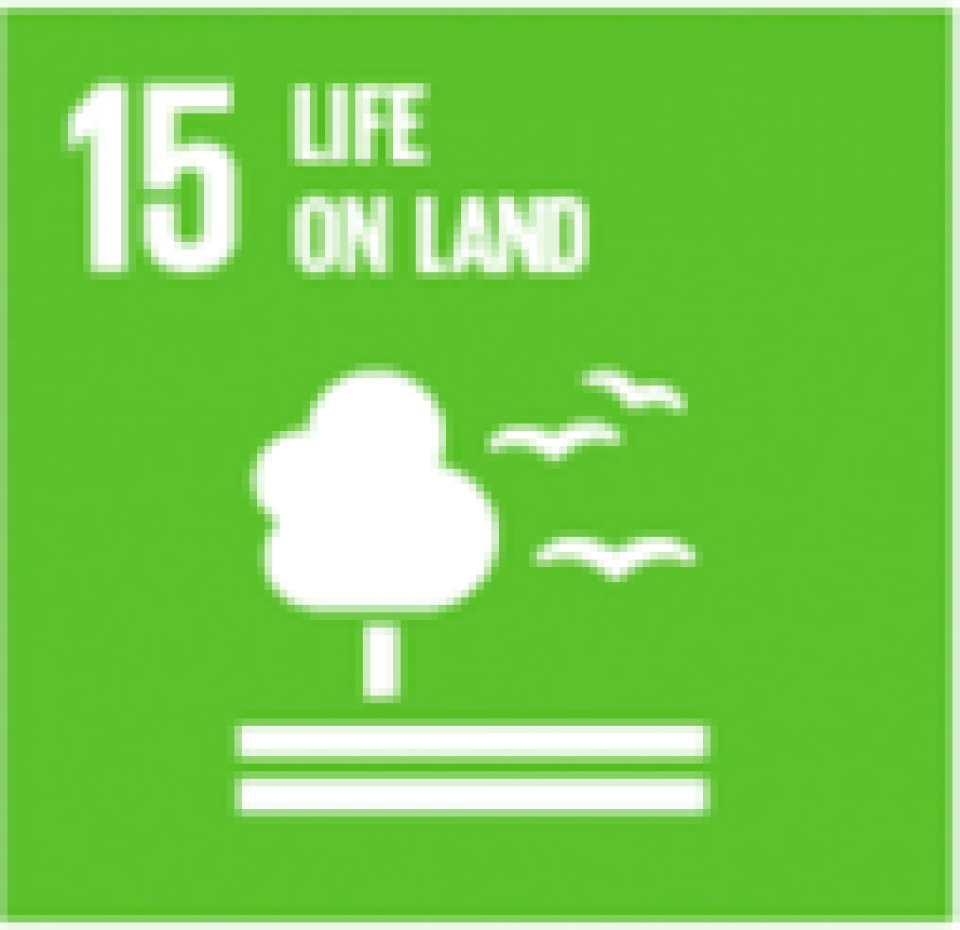
15.1 By 2020, ensure the conservation, restoration and sustainable use of terrestrial and inland freshwater ecosystems and their services, in particular forests, wetlands, mountains and drylands, in line with obligations under international agreements;
15.5 Take urgent and significant action to reduce the degradation of natural habitats, halt the loss of biodiversity and, by 2020, protect and prevent the extinction of threatened species;
15.9 By 2020, integrate ecosystem and biodiversity values into national and local planning, development processes, poverty reduction strategies and accounts.
Other SDGs addressed:
- SDG3 (3.9)
- SDG4 (4.7)
- SDG9
- SDG12 (12.8)
- SDG16 (16.6)
- SDG17 (17.16; 17.17)
The key performance indicators selected for measuring success and assessing impacts are derived from the CONEXUS Impact Assessment Framework (Deliverable 4.1), building on the European Commission’s NbS Task Force 2 Handbook (2021) ‘Evaluating the impact of Nature-based Solutions: a handbook for practitioners’ and a collaborative selection process with stakeholders of the Bogotá Life-Lab. A participatory approach was used to select pilots’ key performance indicators, which allowed to make monitoring frameworks place-based, tailoring indicators to local challenges, and to validate them with stakeholders from the Life-Lab and respective pilots.
The downloadable fiche includes an overview of pilots’ selected indicators, linking impacts to the UN Sustainable Development Goals (SDGs), the transformative commitments of the New Urban Agenda (NUA), as well as relevant sustainability policies and programmes at the city level.

